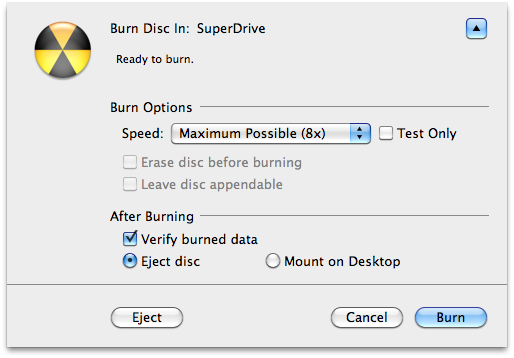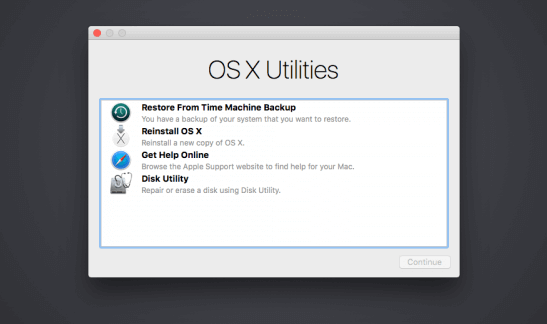


- #CREATE BOOTABLE USB OS X SNOW LEOPARD MAC OS X#
- #CREATE BOOTABLE USB OS X SNOW LEOPARD INSTALL#
- #CREATE BOOTABLE USB OS X SNOW LEOPARD UPDATE#
- #CREATE BOOTABLE USB OS X SNOW LEOPARD SOFTWARE#
- #CREATE BOOTABLE USB OS X SNOW LEOPARD ISO#
#CREATE BOOTABLE USB OS X SNOW LEOPARD MAC OS X#
Select a type: Mac OS X (version: Mac OS X Server) [I don’t think these matter in this case).Click ‘New’ on the toolbar to create a new virtual machine.Firstly, we are going to insert our 8GB USB drive, we will need to tell the virtual machine about it.Click the ‘Add Extension’ button and open the Extension Pack.Add the Extension Pack to VirtualBox :.
#CREATE BOOTABLE USB OS X SNOW LEOPARD ISO#
Mount the iBoot ISO image to the virtual drive (I am using drive letter E).
#CREATE BOOTABLE USB OS X SNOW LEOPARD INSTALL#
Install Virtual Clone Drive (it will install a driver that might trigger a security warning).Procedureįirst a few screenshots of the process, to add a little clarity along the way (each image is also linked at the relevant part of the article). Of course, a bit of patience and tech savvy will go a long way.

#CREATE BOOTABLE USB OS X SNOW LEOPARD UPDATE#
Used to update Snow Leopard to the latest version
#CREATE BOOTABLE USB OS X SNOW LEOPARD SOFTWARE#
Needed so that Snow Leopard will install on an MBR disk ( alternate link)Īdditional Software, Post-Install (not used in this guide): Software Title Will be used for the initial boot loader (iBoot) Despite the seemingly long procedure that follows, the steps take less than 15 minutes to follow (plus the 1 hour wait for the DMG to extract). Since we are doing this without accessing a Mac (we are starting on a Windows machine), we are going to use the Disk Utility on the Snow Leopard installer, and will access it through a virtual machine. The best way to get the contents of a DMG image onto a USB drive is by using Mac’s Disk Utility. Furthermore, since we will need to modify the installer, a more complex route would be needed if a piece of software can only burn the image to disk (and not modify it). Most Windows tools are unable to work with a DMG file, and from my experience, those that can, have difficulty with the OS X installer. The problem with this is that Windows can only see 3 (4 with EFI) partitions (which, as I typically have 5 partitions in addition to my operating systems, will not work)


 0 kommentar(er)
0 kommentar(er)
